This week we will explore agricultural education and FFA activities in Idaho. Idaho was the 17th state to receive a national charter and that was in 1929. The charter application can be found at https://archives.iupui.edu/server/api/core/bitstreams/96210fc2-6fde-438d-8649-40f794ce25f2/content. According to the 2021-22 FFA Manual Idaho has 5617 members in 96 chapters. To learn more about the Idaho FFA go to https://www.idahoffa.org/about.
The Early Days
In 1892 there were only 3 high schools in Idaho. This number gradually grew. By the time the Smith-Hughes Act was passed in 1917 there were 73 high schools teaching agriculture in Idaho. However, it might be interesting to look at how agriculture was being taught in these high schools.
Stimson and Lathrop (1942, p. 119) state “Agriculture was taught in much the same way as other high-school subjects. The instruction was ‘bookish’”. An account of agricultural education in the pre-Smith-Hughes era in Idaho written by Richardson (1940, p. 2) paints a bleak picture:
. . . it may safely be said:
(a) That no standards for secondary agricultural education existed ;
(b) there was no direct supervision of agricultural education ;
(c) the teachers were usually wholly untrained in agriculture ;
(d ) there was no attempt made to connect the classroom instruction with actual farm practice and experience ;
(e) there was no vocational trend to the instruction given in agriculture ; and
(f) The instruction was of such a nature that it would be unattractive to boys from farm homes
Thankfully the Smith-Hughes Act corrected many of these deficiencies. However, the state legislature in Idaho had to first accept the provisions of the Act.
The Idaho Senate Fumbles the Ball
As we enter an election year there is a lot of finger pointing about who is responsible for what. In Idaho in 1917 the finger was pointed at the state Senate. The Idaho House of Representatives accepted the Smith-Hughes Act, but when the legislative bill was sent to the Senate, the bill was misplaced, and the Senate never voted to accept it. So what do you do?
The governor directed the state commissioner of education in Idaho to travel to Washington to see what could be done to correct this problem. Oregon had also failed to accept the Smith-Hughes Act. An amendment to the Smith-Hughes Act was proposed that would allow both Oregon and Idaho to get Smith-Hughes funds. The Evening Capital News of Boise (Sept. 27, 1917, page 3) reported that “An amendment to the act was introduced and carried without difficulty.” So, Idaho was able to proceed with Smith-Hughes funding for vocational agriculture.
I doubt if there are more than a handful of agricultural educators who are aware of this special amendment to the Smith-Hughes Act. See Figures 1 & 2 for more details.
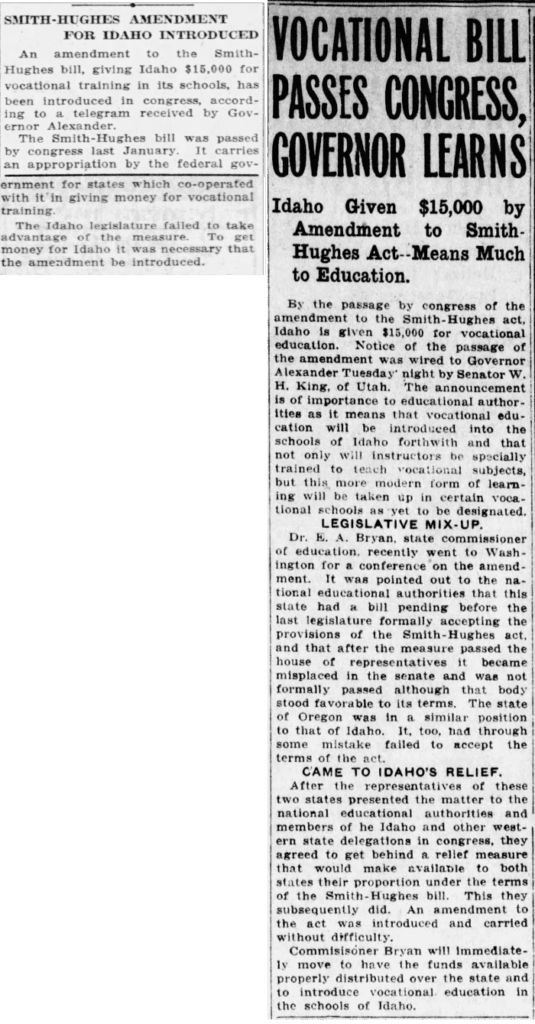
Figure 1. & 2 The Idaho Statesman (Boise), September 27, 1917 is the left image. The right image is from the Evening Capital News (Boise, Idaho), September 27, 1917. An expanded version of this story with more detail was published in this paper on October 30, 1917.
I guess all is well that ends well.
What is an Embryo Farmer?
As I was researching this Footnote, I found a newspaper article with the headline “Embryo Farmers Map Out Program.” My immediate reaction was Wow! Idaho agricultural education is on the cutting edge of agricultural technology. Then I noticed the date on the article – 1928. So what gives?
The article was about enrollments in agricultural education programs in the state. Seventeen of 22 high schools with vocational agriculture programs had submitted their state reports on what the students were planning for their farming projects. The schools that had not yet submitted their reports were identified by name. The article then focused on students at Nampa High School. It was reported that students at Nampa were going to have baby chicks, cows, swine, and various types of crops.
Unless you are really old you may not be aware that at one time agriculture teachers were required to submit a report to the state office identifying the type of farming projects each student was planning. And at the end of the school year another report was submitted with detailed information on the projects such as expenses, income, and yields.
One sentence in the article caught my attention. It was “The students in vocational agriculture are earnest about their training to be future farmers.” If the reporter could use the words “future farmers” in the article why wasn’t that used in the headline for the article instead of embryo? See Figure 3.
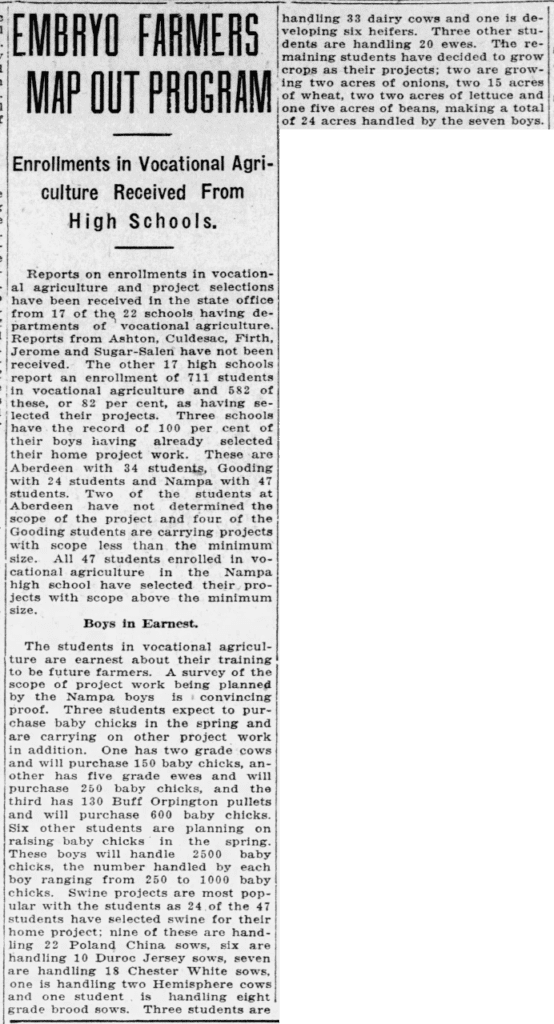
Figure 3. The Idaho Statesman, Boise, Idaho, Monday, October 22, 1928.
The Harvest Vacation??
Have you ever heard of a harvest vacation? Burley High School students were dismissed on October 2, 1942 for harvest vacation. They were to return to school on November 2. Grant Field, the agriculture teacher, worked with the employment office to help secure and place student labor during the harvest period. See Figure 4.
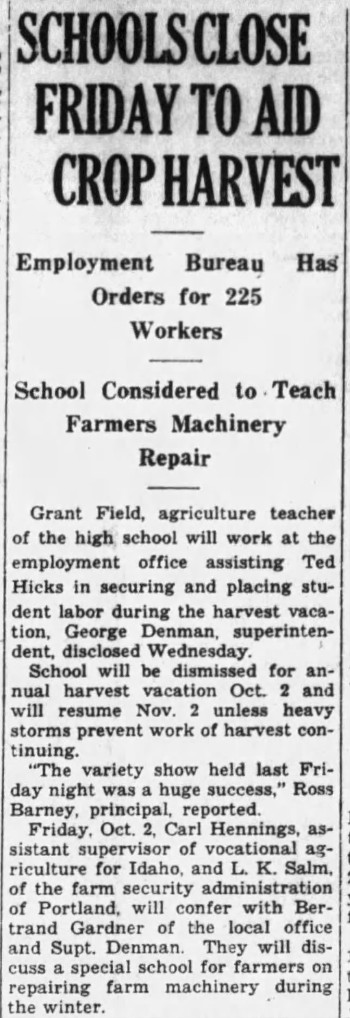
Figure 4. South Idaho Press (Burley), October 1, 1942.
The article also mentioned that consideration was given to having a special school for farmers during the winter on repairing farm machinery. This was during World War II and farm equipment manufacturers were producing war materials. It was up to the vo-ag students and teachers in many communities to keep the farm equipment operating.
Bonus information: While not really a part of this footnote can you match the following farm equipment manufacturers with their role in World War II? Matching:
| Manufacturer | Possible Answers |
| 1. John Deere | A. Built the M24 and M5 tanks, aircraft wings and truck bodies |
| 2. Case | B. Produced steam turbines and propeller shafts for ships. Later they built the casings that housed the atomic bombs that were dropped on Japan. |
| 3. Allis Chalmers | C. Produced wings for B-26 bombers, aftercoolers for Rolls-Royce aircraft engines and hundreds of thousands of artillery shells. |
| 4. Massey Harris | D. Built transmissions for the M3 medium tank. They also manufactured aircraft parts, ammunition, and mobile laundry units. |
The answers are at the end of the Footnote.
The Canning Kitchen
Grant Field, the agriculture teacher mentioned in the previous article. must have been a busy man. In 1944 he announced that a canning kitchen had been built at Burley High School and would open on July 15. See Figure 5.

Figure 5. South Idaho Press (Burley), July 6, 1944.
At the end of World War II there were 3,142 school canneries across the country. These canneries were typically operated by the agriculture and home economics teachers. See the Friday Footnote for 8/16/2019 to learn more about school canneries.
Double WOW!
“Double Your Pleasure, Double Your Fun” was an advertising jingle for Doublemint gum. However, this could have been the motto for Minico High School in Rupert, Idaho during the 1950s – 1980s They had two FFA chapters. An article in The Times-News in 1968 explained how that happened, (See Figure 6)
Around 1951 four schools near Rupert, Idaho consolidated into one school – Minico. But the number of students in vocational agriculture justified having two agriculture teachers. Each agriculture teacher was advisor to an FFA chapter. The chapters were named West Minico and East Minico. Each chapter had a sweetheart. In the school yearbook photos of each chapter were typically shown on facing pages. I don’t know when the two chapters merged but as late as 1981 the school yearbook still showed two separate FFA chapters operating in the same school. See Figure 7
In the 1968 news article about Minico High, there was another bombshell. A female identified as the first in Idaho was enrolled in the vocational agriculture program. She was 15 years old and her name was Christine Hayes. She had recently moved into the area from California. The school had to get permission from state officials to allow her to enroll. The reason she wanted to be in agriculture is interesting. See Figure 6.
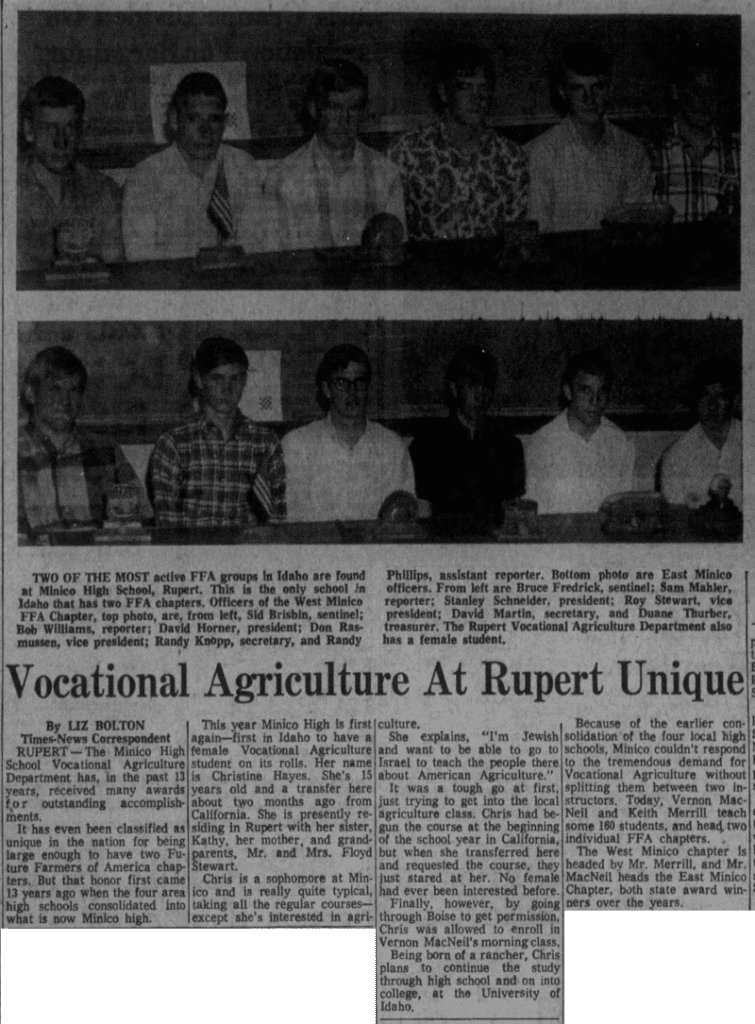
Figure 6. The Times-News, Twin Falls, Idaho, Friday, April 12, 1968
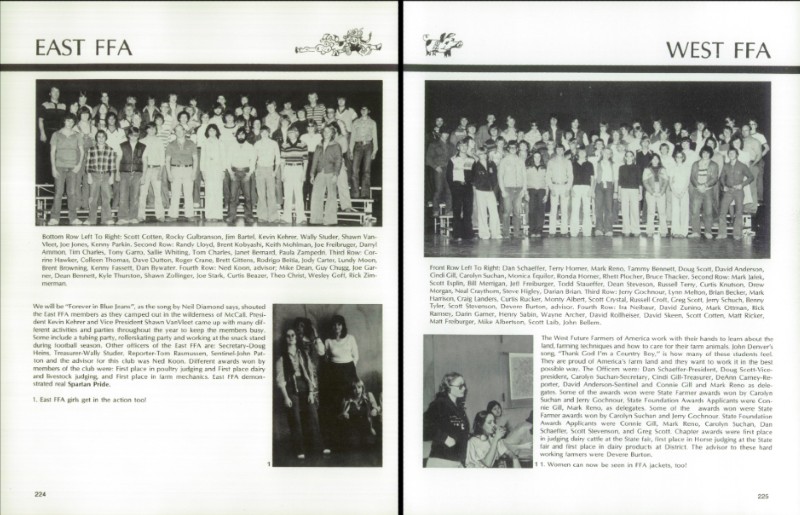
Figure 7. Minico High School Yearbook, 1979
Concluding Remarks
Next week we will have Part 2 of “I” is for Idaho. Stay Tuned.
One of the reasons I enjoy writing the Friday Footnote is because I learn from researching and writing them. You can never be too old to learn. I must admit I had never heard of the Idaho and Oregon amendment to the Smith-Hughes Act before, and I know a good bit about that Act.
Also I was vaguely aware that some schools closed down for harvesting of crops. I found an article this week that verified that.
And occasionally I run across a joke. The following joke was in a 1923 Idaho newspaper. I told it to two friends who are senior citizens and they laughed out loud. They got it. If you don’t get it, ask a senior citizen. And the punch line also could refer to making a long distance phone call back in the day.
Agriculture Teacher: “Sam Jones what do you know about nitrates?”
Sam Jones: “Why, they are less than day rates, if you’re thinking of sending a telegram.”
References
Richardson, Stanley S. (1940). A Brief History of Vocational Education in Agriculture in the Secondary Schools of Idaho. 1917 – 1940 Inclusive.
Stimson, R. & Lathrop, F. (1942).History of Agricultural Education of Less Than College Grade in the United States. Vocational Division Bulletin No. 217. Federal Security Agency. U. S. Government Printing Office.
Answer Key to the Farm Machinery Quiz
- D
- C
- B
- A
